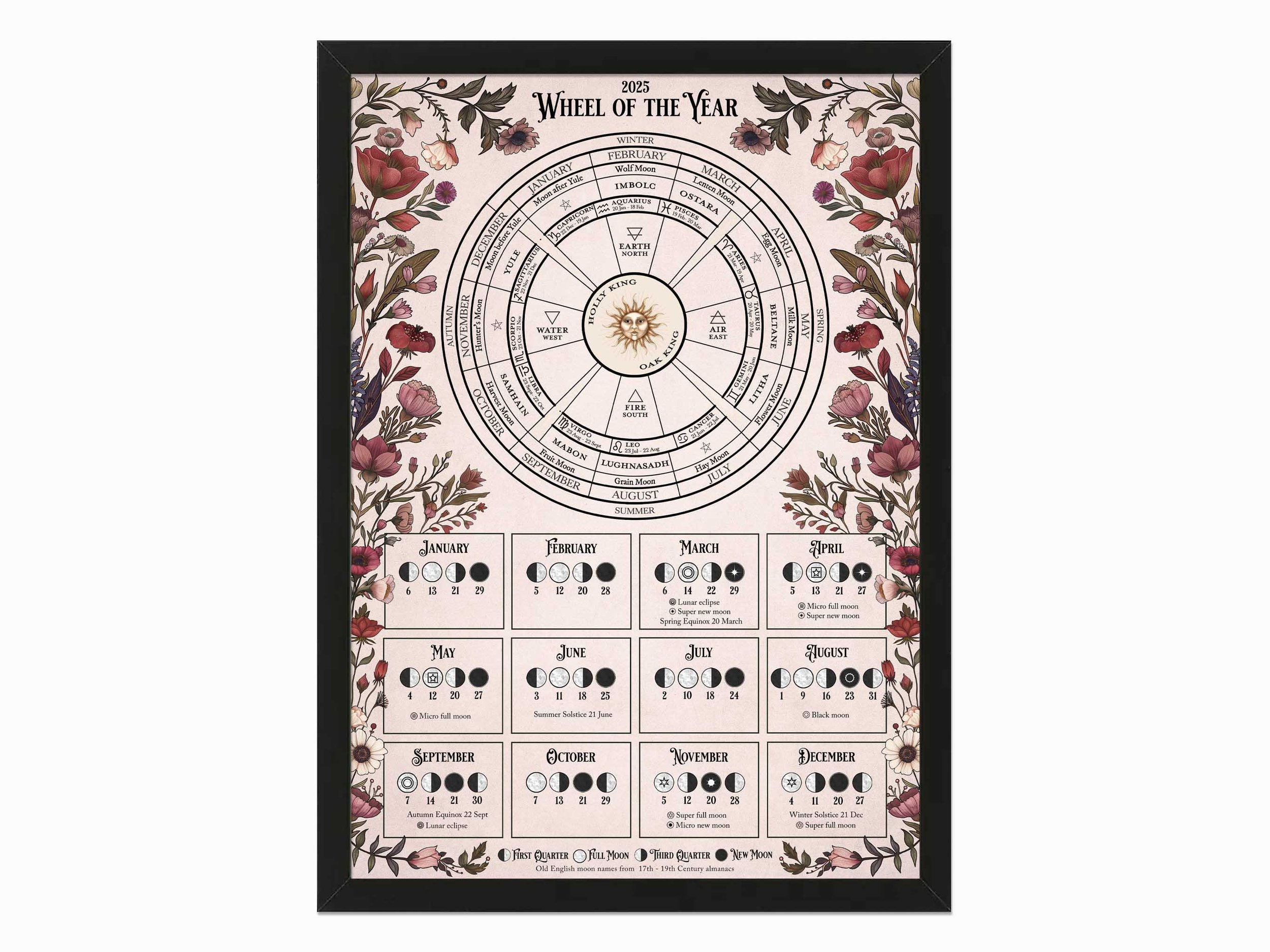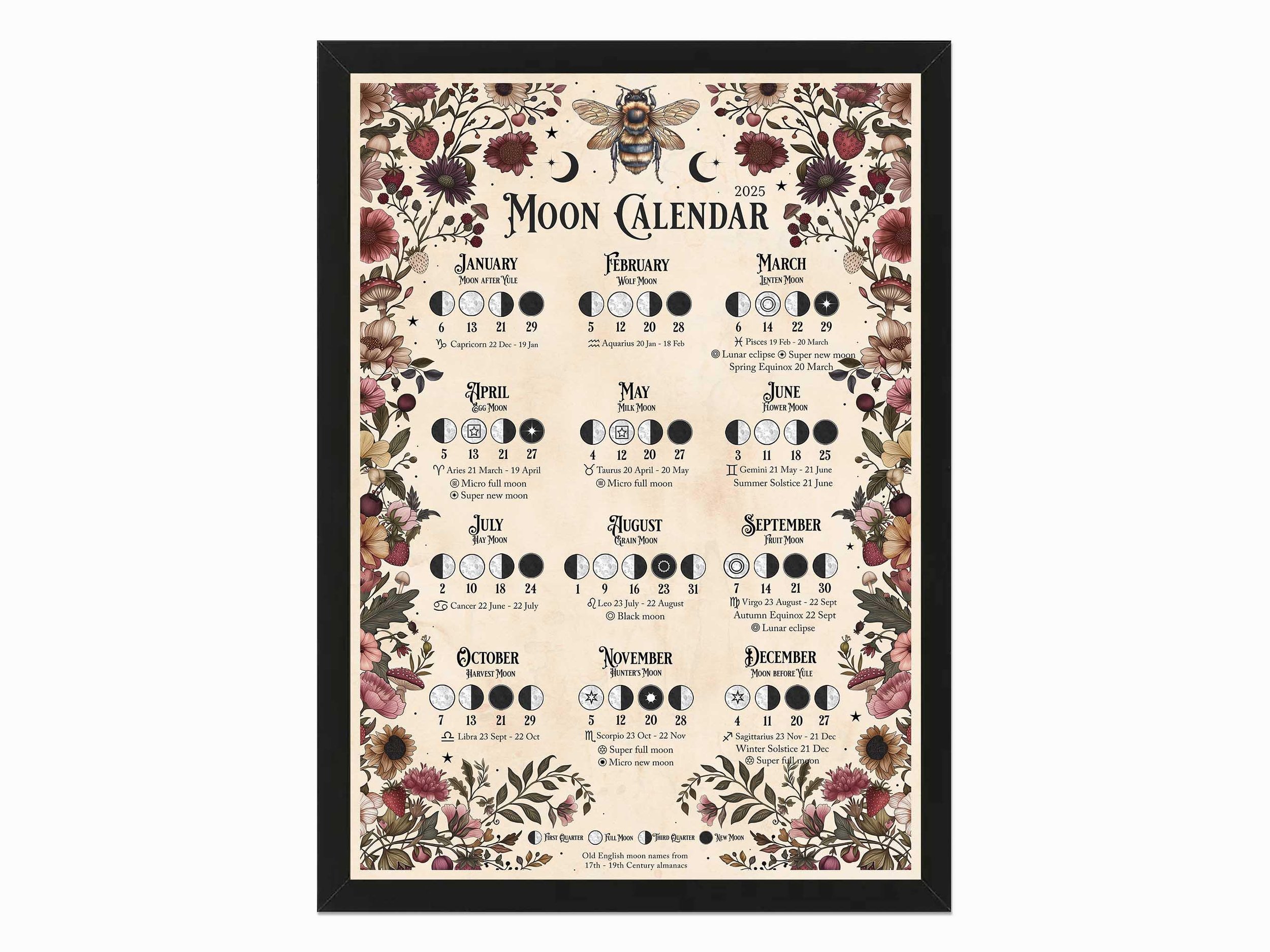The Magic and Ritual of Handfasting
Handfasting, a beautiful and symbolic tradition deeply rooted in the history of the British Isles and Norse communities, has experienced a revival in recent years, especially among those following Pagan paths.
This ancient practice in a modern context is often recognised as a form of marriage or commitment ceremony, intertwining history, romance, and spirituality. This blog explores the rich history of handfasting, details of the ceremony, and provides a basic script to inspire your own magical ritual.
What is a handfasting ceremony?
Tracing back to ancient Celtic traditions, handfasting is believed to have been originally practiced by Druids and other tribal and pagan cultures across Europe. The term itself possibly derives from the Old Norse hand-festa, meaning "to strike a bargain by joining hands". Historically, handfasting was more of a betrothal—a commitment for "a year and a day" after which the couple could decide to part ways or enter a permanent marriage.
In the British Isles, handfasting became recognised as a formal part of the betrothal process. The ritual was documented in Scotland well into the 16th century and only began to fade with the rise of more formalised church weddings. During the medieval period, handfasting evolved and was sometimes seen as a formal part of the wedding process, symbolising the couple's engagement. Today, handfasting has been revived by many neopagan groups and is cherished for its rich symbolism and flexibility, allowing couples to personalise their ceremony to reflect both their beliefs and relationship.
What to wear to a handfasting wedding
Guest attire at a handfasting ceremony often leans towards historical or thematic, reflecting the earthy and ethereal nature of Pagan spirituality. Women often choose long, flowing gowns in natural fabrics like cotton or linen, adorned with floral crowns or gemstone jewellery. Men might wear tunics and trousers or kilts, especially in Scotland, accessorised with Celtic symbols. Colours are generally soft and inspired by nature—greens, browns, blues, and creams—though some couples might request brighter colours or specific themes depending on the season and include information on dress on the invite.
How to perform a handfasting ceremony
A handfasting ceremony can vary greatly depending on the couple's preferences and spiritual path, but it typically involves the physical binding of the couple's hands with cords, ribbons, or sometimes vines while vows are exchanged. The cords represent the couple's commitment, while the act of binding symbolises that the destinies of the couple are now intertwined.
Handfastings are usually performed outside under the sky, often in places of wild natural beauty such as in a forest or by the sea. The ceremony often begins with a purification ritual, using elements like water or smoke from burning herbs and incense. This is followed by a circle casting to create sacred space and invite protection. The ceremony can also involve various elements, such as calling the quarters, invoking the elements, blessing from the deities, exchange of rings, and jumping the broom.
Who can perform a handfasting ceremony?
Generally, anyone can perform a handfasting ceremony, but the specifics can vary based on local laws and the type of handfasting being conducted:
Religious Handfasting: If the handfasting is purely a spiritual or religious ceremony without legal binding, it can be performed by anyone the couple chooses. This could be a Wiccan priest or priestess, a Pagan celebrant, or a spiritual leader from another tradition. Friends or family members who are significant to the couple and who may have an understanding of their spiritual path can also conduct the ceremony.
Legally Binding Handfasting: If the couple wishes for their handfasting to also serve as a legal marriage ceremony, the person conducting the ceremony must be authorised to perform marriages in the jurisdiction where the ceremony takes place. This often means a legally ordained minister, a celebrant with legal rights to officiate marriages, or a civil official such as a judge or a justice of the peace.
Is handfasting a legal marriage?
In the UK: In the UK, for a marriage to be legally recognised, it must be performed by a registered officiant and follow certain legal requirements, often within a registered venue. However, many couples who want a handfasting choose to have a separate, non-legal ceremony that aligns with their spiritual beliefs, performed wherever they choose by whomever they wish, having already completed the legal formalities at a registry office.
In the US: The rules in the US vary by state. Some states allow "self-solemnisation" (where no officiant is needed), and in others, anyone can become ordained online to perform a wedding.
Spiritual vs. Legal Considerations: It’s important for couples to decide whether they want their handfasting to be a spiritual ceremony, a legal marriage, or both. If both, they might have a legal ceremony first in accordance with local laws, followed by a spiritual handfasting ceremony that reflects their beliefs and where they can choose anyone they feel connected to spiritually to perform the ceremony.
Handfasting ceremony script
One of the joys of handfasting rituals is that it can be written and shaped to suit the beliefs and desires of the people taking part in the ritual. The example handfasting ceremony script below can be used to help you shape and plan your ritual:
Opening Words
Celebrant: “Friends and family, we gather here under the open sky to witness and celebrate the union of [Partner A] and [Partner B] in sacred handfasting. Let us call upon the elements and the divine to bless this union.”
Calling the Quarters
Celebrant: “Guardians and spirits of the East, South, West, and North, powers of Air, Fire, Water, and Earth, join us to bless this couple with your gifts of love, strength, wisdom, and stability.”
Exchange of Vows and Handfasting
Partner A shares their vows followed by Partner B for example “In the presence of the elements and the watchful eyes of the gods and goddesses, I, [Name], bind my spirit to yours. Before earth, air, fire, and water, I promise to support you, cherish you, and respect our union for all of our days. May this cord symbolise the life and love that will continue to bind us across time.”
Celebrant: “[Partner A], do you come here freely to take [Partner B] as your partner?” [Response]
“[Partner B], do you come here freely to take [Partner A] as your partner?” [Response]
“As your hands are bound together with this cord, so are your lives now bound. Your hopes and dreams shall be woven together, growing stronger by the day, by the night, and by the years.”
Jumping the Broom
Celebrant: “As a symbol of entering this new chapter of life, I invite [Partner A] and [Partner B] to jump over the broom. This act sweeps away the past and all bad omens, keeping your home safeguarded and your future blessed.”
Closing Blessing
“May your love be as constant as the stars, as enduring as the mountains, and as abundant as the waters that run to the sea. Merry meet, merry part, and merry meet again. Blessed be.”
What does it mean to jump the broom?
Jumping the broom is a wedding ritual steeped in history and symbolism in communities across the globe, and is commonly featured in handfasting ceremonies among Pagan and Wiccan communities. This act, which involves literally jumping over a broomstick, has various meanings attributed to it, from sweeping away past wrongs to symbolising domestic harmony.
The origins of jumping the broom are a subject of debate among historians. Some trace it back to Wales and the Romani people of the British Isles, where it was a common-law marriage ritual among couples who couldn’t have a church wedding. The broom in this context represented both a symbolic hearth and home, as well as a resolute declaration of commitment and community acknowledgment.
It is also seen as a way to honour cultural heritage and the ancestral wisdom that the act represents. It symbolises the sweeping away of former single lives, past troubles, and negative energies, creating a clean slate for the couple’s future together. And lastly, it represents the leap of faith required to embark on a new life together, symbolising jumping into a new role within the community and within their shared lives.















